Lessons I Learned From Info About How To Tell If A Jersey Is Fake

Okay, let's talk jerseys. I've seen my share of questionable sports apparel, and figuring out if a jersey is legit or a knock-off can be tricky. It's like a detective game, and here's how I play it:
-
The Price is Too Right: This is the biggest red flag. If a brand new, officially licensed jersey is priced ridiculously low, alarm bells should be ringing. These things aren't cheap to make and distribute. Think about it: if it seems too good to be true, it probably is. A deep discount is one thing, but a steal that's way below market value? Fake.
-
Logo Look-See: Teams and manufacturers are super particular about their logos. Examine the logo closely. Is it stitched cleanly or are there loose threads, uneven edges, or misspellings? Does the color look off, like it's slightly faded or too bright? Authentic jerseys have impeccable logo application. A sloppy logo is a dead giveaway.
-
Material Matters: Feel the fabric. Real jerseys are made from high-quality materials designed for performance. They should feel durable and breathable. Fake jerseys often use cheaper, thinner, or rougher materials. They might feel stiff, scratchy, or even smell a bit "off" (like chemicals). If it feels like something you wouldn't want to wear during a workout, it's likely a fake.
-
Stitching Scrutiny: Turn the jersey inside out and check the stitching. Authentic jerseys have clean, consistent stitching. Fakes often have loose threads, uneven stitching, or skipped stitches. Pay close attention to the seams and around the numbers and letters. If it looks like it's going to fall apart after a couple of washes, you've probably got a counterfeit.
-
Tags and Labels Tell Tales: Examine the tags and labels. Are they securely attached? Do they look professionally printed or are they blurry and faded? Check for any misspellings or inconsistencies in the information. Authentic jerseys have high-quality tags with accurate information. Fakes often have poor quality tags with errors. Sometimes, they might even have the wrong player or team information on the tag!
-
The "Official" Story: Where did you buy the jersey? Buying from authorized retailers or the team's official store significantly reduces the risk of getting a fake. Be wary of buying from unknown websites, pop-up shops, or individuals selling jerseys out of the trunk of their car. If the source is shady, the jersey probably is too.
-
Number and Name Game: The numbers and names on the back of the jersey are another area where fakes often fall short. Are they stitched on or are they heat-pressed? Stitched numbers and names are generally higher quality and more durable. Check the font, size, and placement of the numbers and names. Compare them to images of authentic jerseys. Any discrepancies are a red flag.
-
The Smell Test (Seriously!): This might sound weird, but sometimes you can tell a fake jersey by its smell. Fakes are sometimes made with cheaper dyes and materials that have a strong chemical odor. Authentic jerseys shouldn't have any noticeable smell.
By following these steps, you can greatly improve your chances of spotting a fake jersey. It's all about paying attention to the details and trusting your gut. If something feels off, it probably is.
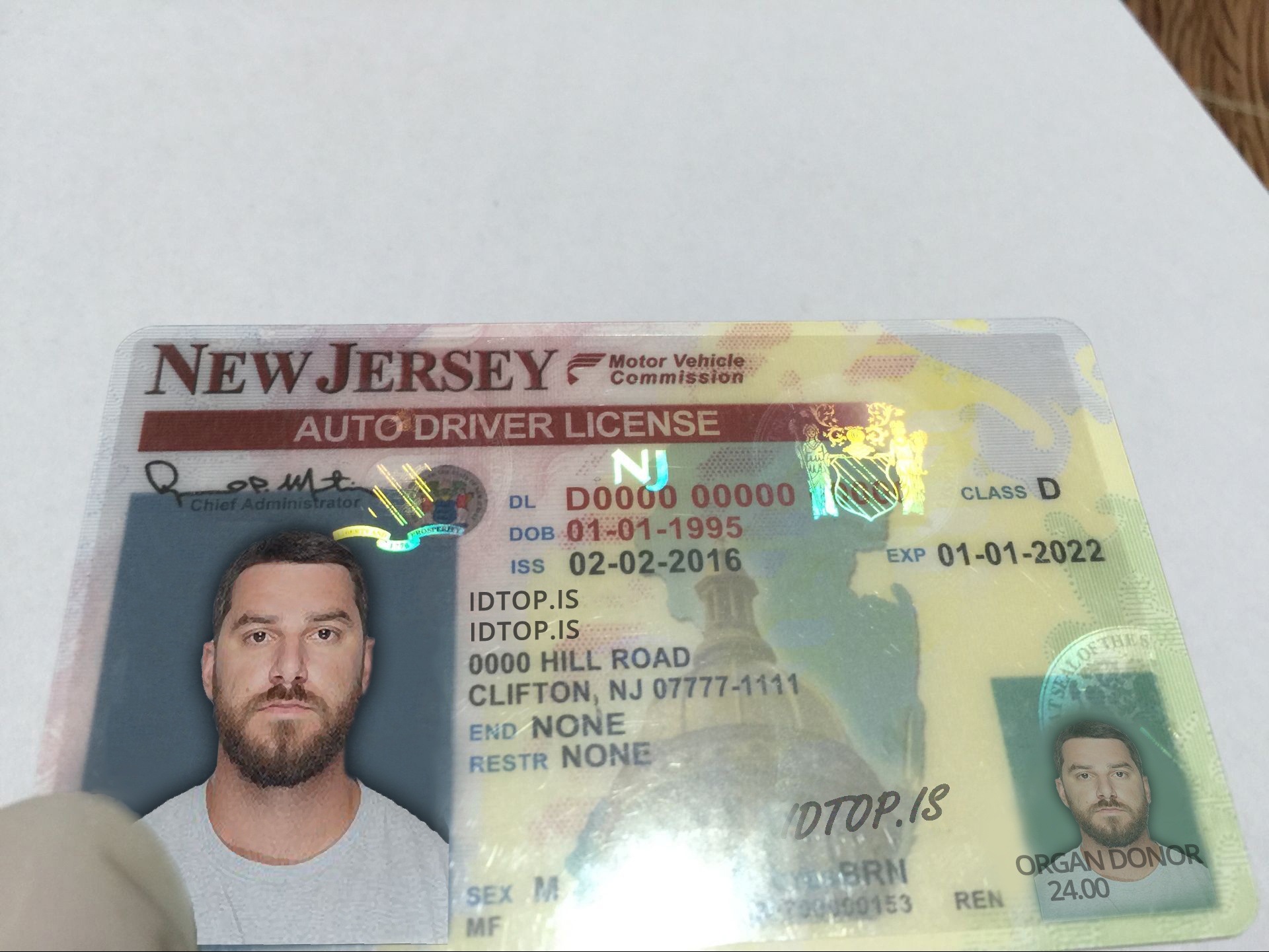
New Jersey Fake Id Buy Scannable Ids Idtop
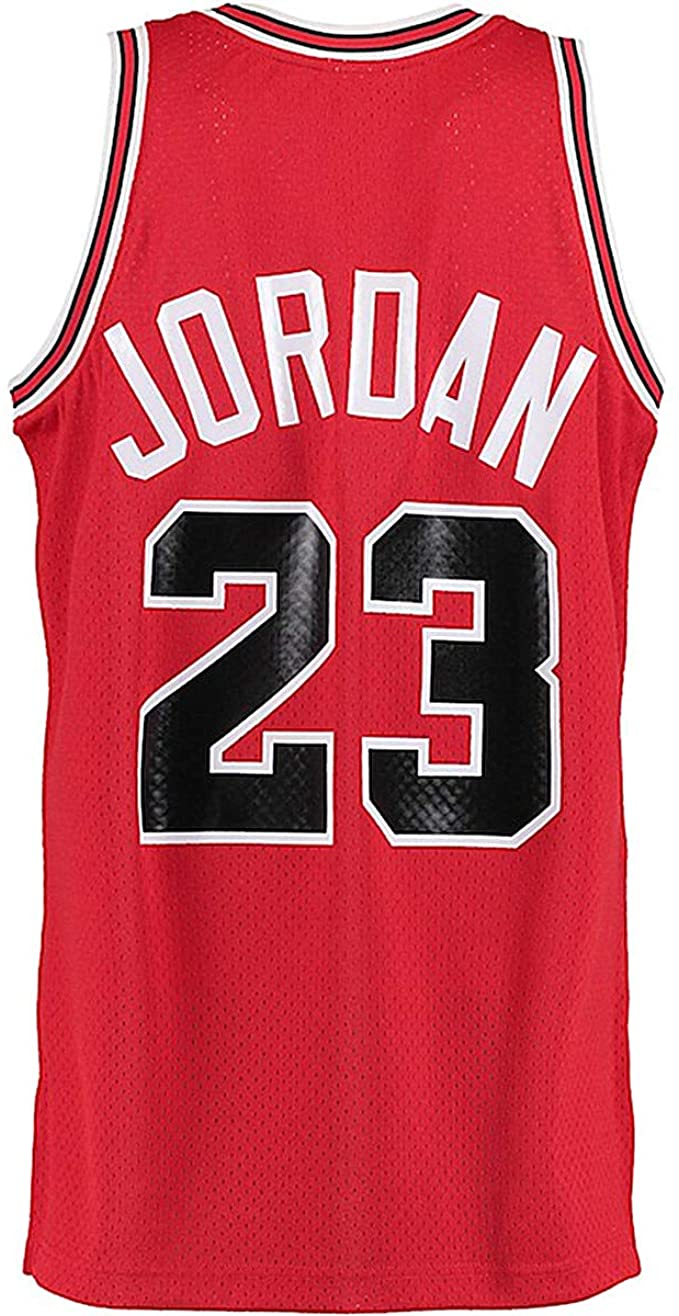
How To Tell If A Basketball Jersey Is Fake
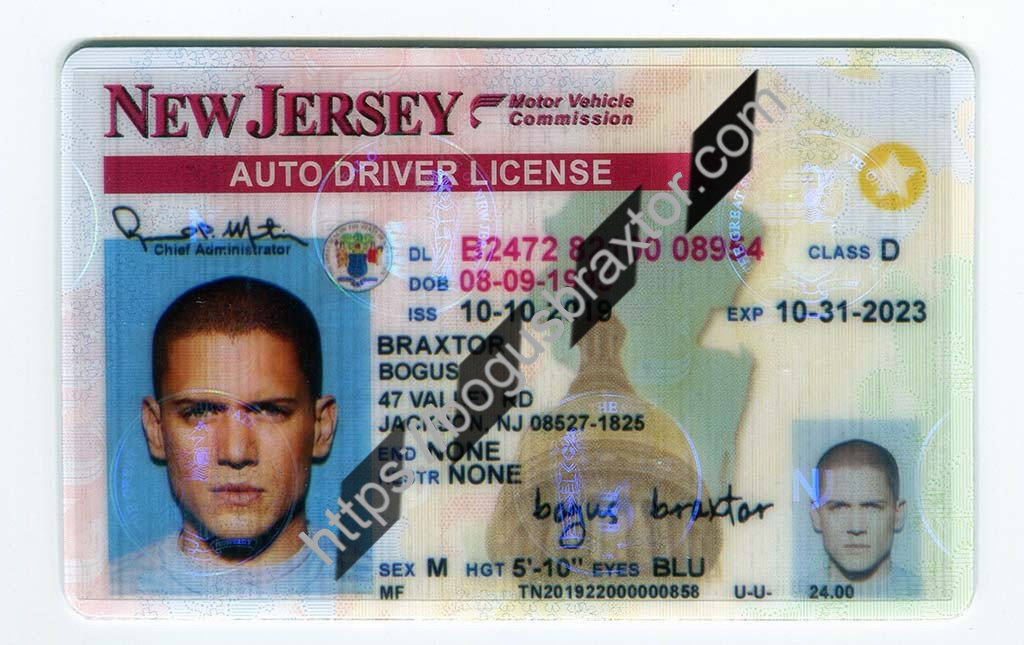
New Jersey Fake Id Bogusbraxtor
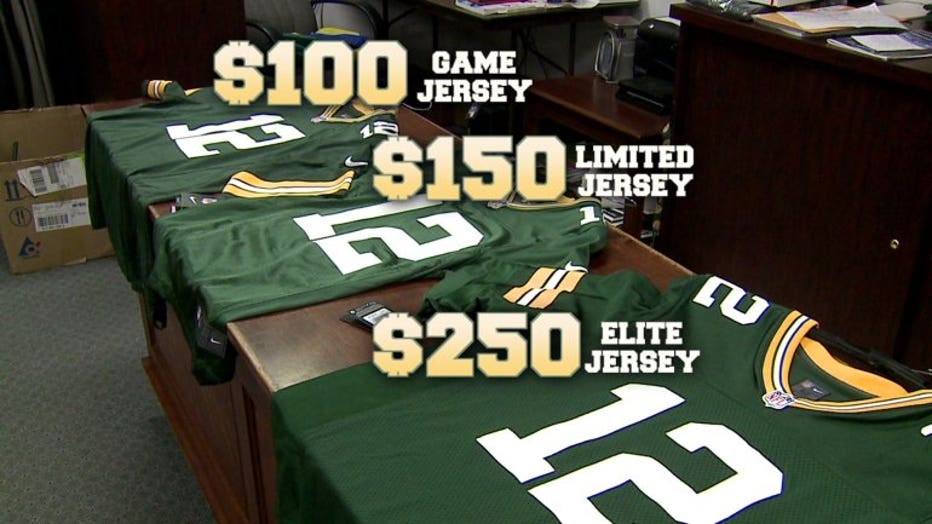
Real Or Fake? Telltale Signs Of A Knockoff Nfl Jersey
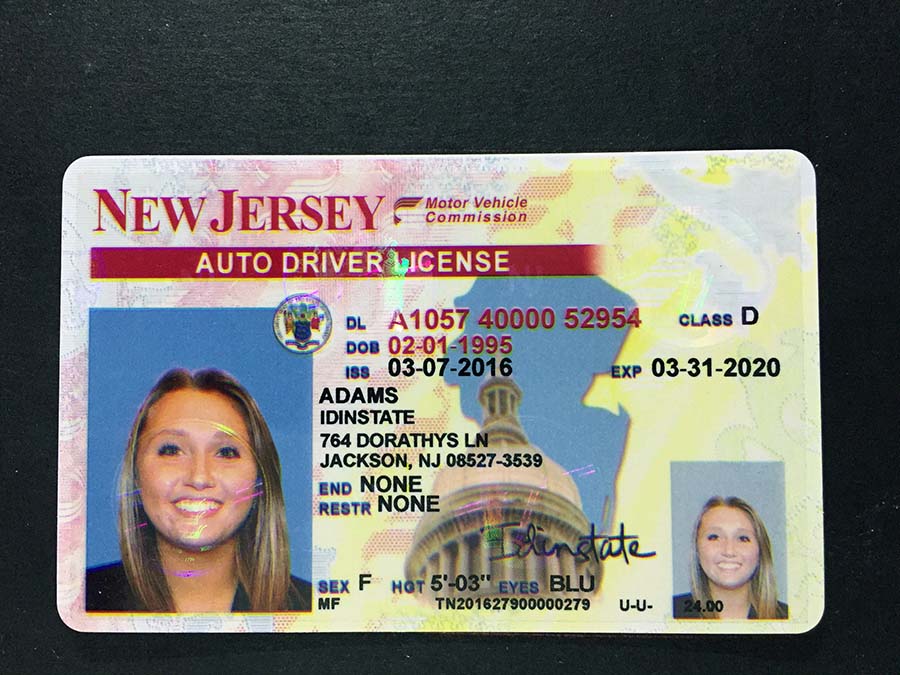
Where To Order A Fake Id,idinstate Product List,best Ids,buy
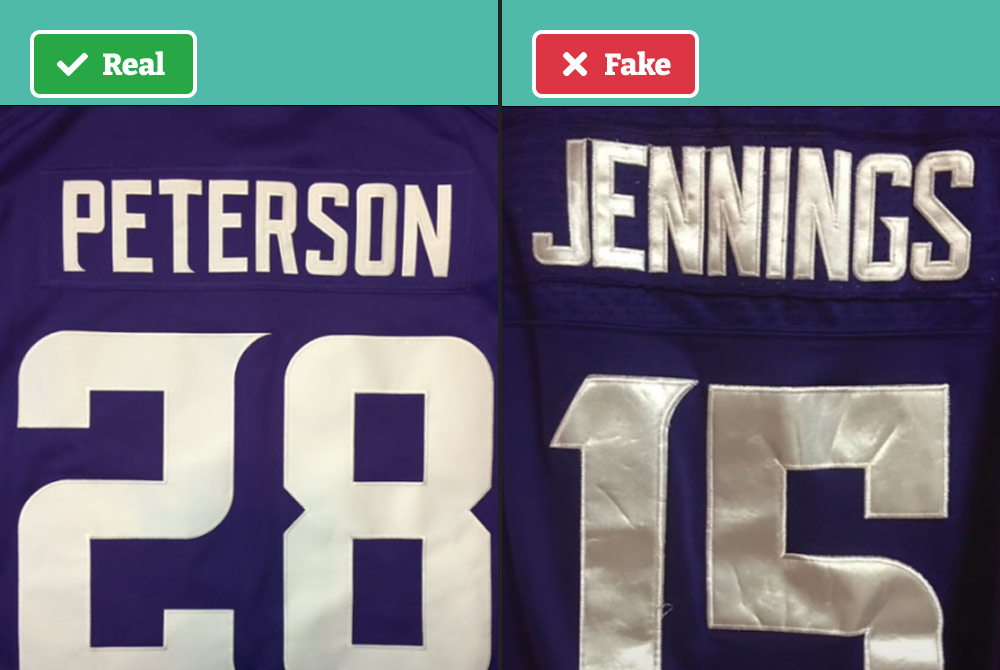
Comments
Post a Comment